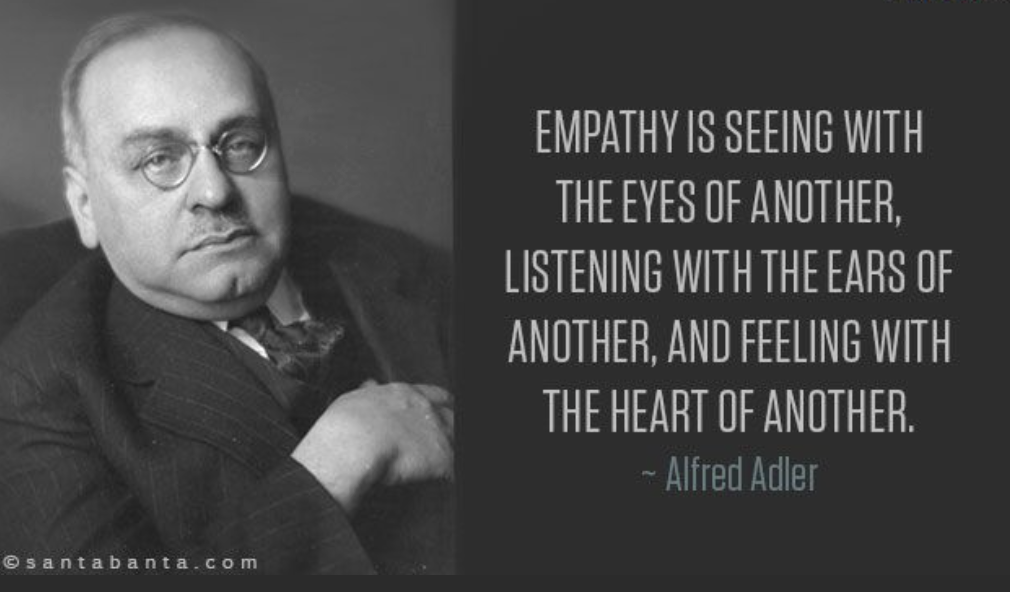
Building Equity for Culturally and Linguistically Diverse Learners
Practical Strategies for Teachers of Multilingual Learners
Why Empathy Matters

Imagine arriving in a new country, leaving behind your career, home, and community, and starting over from scratch. Many adult English learners face this reality. Understanding these experiences is essential for equitable instruction. Empathy is more than feeling—it’s the foundation of culturally responsive teaching. By stepping into students’ shoes, educators validate their identities and strengthen learning outcomes.
Recognize Students’ Cultural Knowledge
- Integrate students’ prior knowledge, traditions, and experiences into lessons.
- Example: Students share a skill or cultural practice; incorporate it into a class project.



Storytelling & Narrative Inquiry
- Encourage personal storytelling to build empathy. Teachers reflect on students’ experiences. Click the link to see what it is like for migrants risking their lives on their journey to America.
- La Bestia video
Culturally Proficient Practices
-
Teachers adapt instruction, honor diversity, and view students’ backgrounds as assets.
-
Examples:
-
Cultural Heritage Artifact Presentations
-
Adjust reading materials to include culturally relevant content.
-



Collaborative Professional Learning
- PLCs, coaching, and mentorship programs foster ongoing equitable practices.
- Example: Pair veteran teachers with new teachers to exchange strategies.

Reflective Practice for Teachers
- Journals or group discussions help teachers examine assumptions and biases.
- Example: Weekly reflections on moments teachers recognized or missed cultural cues.


Conclusion: The Power of Empathy and Equity
Equity in the classroom requires intentionality, reflection, and empathy. Validating student identities and designing inclusive lessons builds trust and achievement. Every story honored and every cultural asset recognized strengthens the learning community.

References
Quezada, R., & Alexandrowicz, V. (2019). Developing culturally proficient teachers for dual-language classrooms. Theory Into Practice, 58(2), 185–193. https://doi.org/10.1080/00405841.2019.1569398
Seiki, S., Caine, V., & Huber, J. (2018). Narrative inquiry as a social justice practice. Multicultural Education, 26(1), 11–16. https://search.ebscohost.com/login.aspx?direct=true&AuthType=sso&db=eue&AN=136145997&site=eds-live&scope=site&custid=ns083389
Yosso, T. J. (2005). Whose culture has capital? A critical race theory discussion of community cultural wealth. Race Ethnicity and Education, 8(1), 69–91. https://doi.org/10.1080/1361332052000341006
Create Your Own Website With Webador